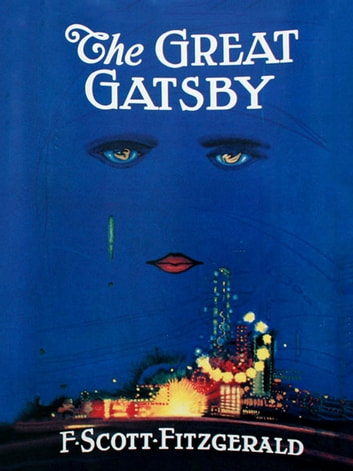Frequently cited as one of the finest books ever produced by an American author, “The Great Gatsby” by F.
Scott Fitzgerald tells a compelling story about love and falsehoods. Within this spellbinding classic lies Jay Gatsby’s charming yet confusing saga; he throws ostentatious celebrations hoping to woo back Daisy Buchanan – his ex-paramour. Set amidst America’s transformative Jazz Age, this novel depicts a time when radical shifts were taking place within American society.
The vices of hedonism pervade the excesses within which Fitzgerald sets his story of romance, yearning, and deceit. Nick Carraway, hailing from America’s heartland in search of a career in finance, narrates the account as he becomes immersed in Gatsby’s extravagances and enigmatic business ventures next door. As the plot unfolds, we begin to uncover more about Gatsby’s past and the extraordinary lengths he undertook to reclaim Daisy.
A central theme in the portrayal of the American Dream is the startling contrast revealed between individuals who appear desperate to achieve riches and status at any cost, with such desires leading many characters to engage in dubious and even unlawful activities
Fitzgerald’s poetic words paint a rich picture of both the Jazz Age itself and those who experienced it firsthand. His depiction of the generation which was both uplifted and disheartened by societal shifts is beautifully drawn, reflecting their inner turmoil with great nuance.
The Great Gatsby” ultimately tells a tale of the human heart and its ability for both love and deceit. It serves as a warning about the risks of putting our humanity before wealth and position. It is a book that has endured and still has resonance with readers today.
To sum up, “The Great Gatsby” is an American literary classic that ought to be on everyone’s bookshelf. It is a book that will stay in your heart and mind whether you are reading it for the first time or going back to it after a long period
